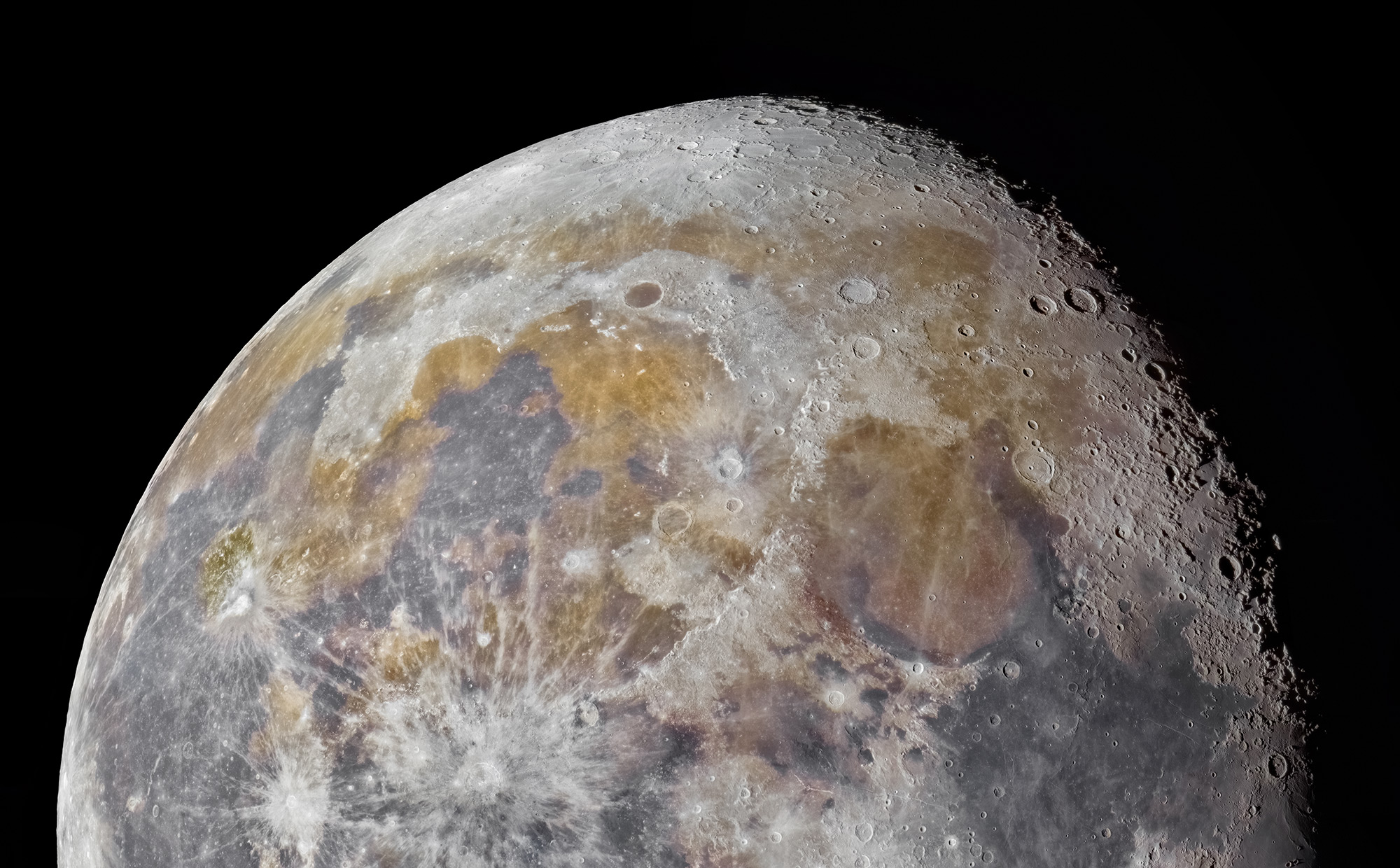
[ad_1]
Following four days of continuous observation, Darya Kawa Mirza captured the moon and its rugged surface in exceptional detail.
The self-taught Kurdish astrophotographer amassed 81,000 images, which he stitched into a 708-gigabyte composite revealing the intricacies of the lunar topography in stunningly high resolution. Each frame zooms in on both individual craters and bruise-colored spots—a combination of asteroid and comet strikes and deposits left by volcanic eruptions—allowing for an up-close study of the orb illuminating our night skies.

Mirza first began photographing in 2007 and has slowly developed his techniques, now using a high-powered telescope attached to a pair of cameras set up in his backyard. For this composite, he wanted to create a mosaic that pieced together images of the moon across four different phases, what he calls “phase fusion.”
“This technique is so hard and so painful because you have encountered the movement of the moon on its axis. You can’t just merge two moon phases easily because (they don’t) align,” he tells Colossal.
Instead, Mirza merges all the images frame by frame, offering a rare glimpse of both the unique celestial landscape and the shifts in light and shadow as the moon’s visibility changes over a few days.
Next up on Mirza’s agenda? Planets, galaxies, and nebula, all documented with impeccable precision. Until then, explore more of his photos on Instagram.







[ad_2]